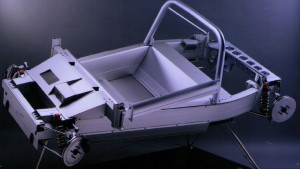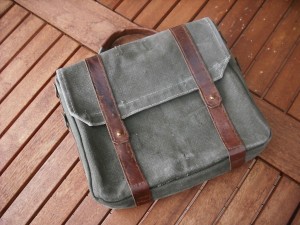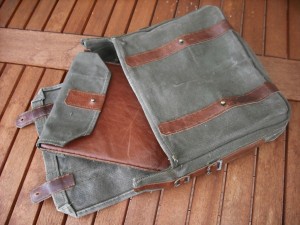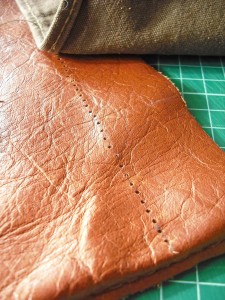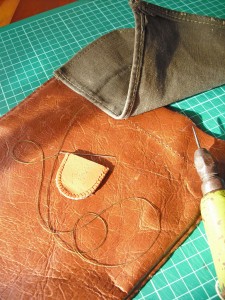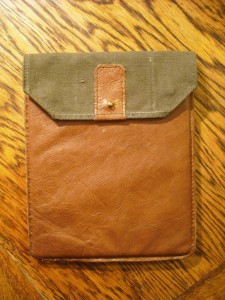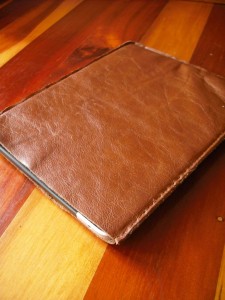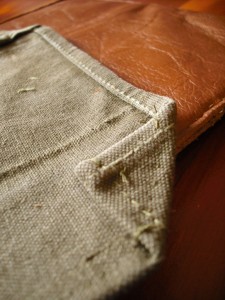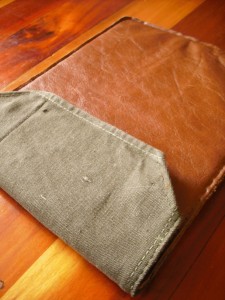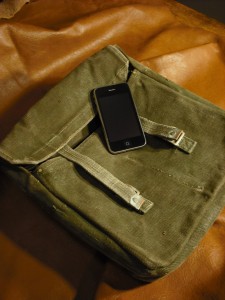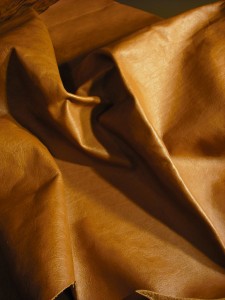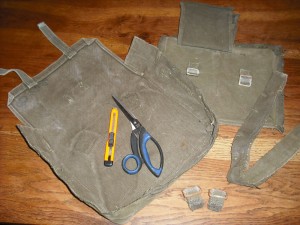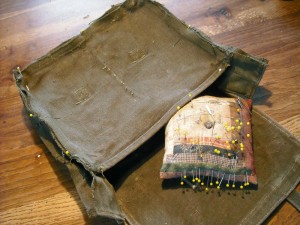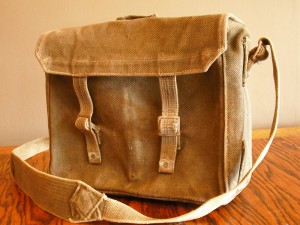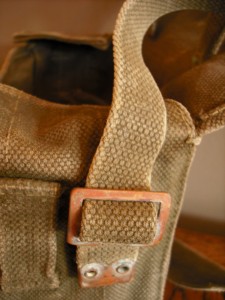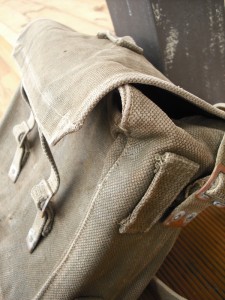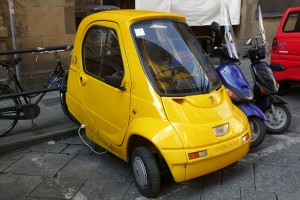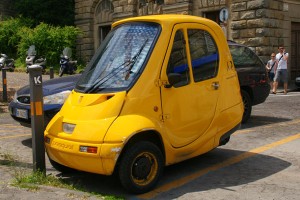One thing that has always intrigued me (ok, perhaps not always, as puddles and sand castles intrigued me more as a kid – but at least since I started thinking about vehicle construction) is how metal can be bonded together and still maintain enough strength for the riguors of driving?
Aluminium in particular: Is aluminum bonding something I can do in my own garage, using basic tools, at low cost? Knowing basically nothing about bonding anything heavier than paper, where do I even start looking for the right adhesives and the correct technique?
It all got just a little easier today when I came across the adhesives toolkit – not only does it contain details of how different adhesives perform under different loads and stresses, but has nifty tools (as questionnaires) to help you find the perfect adhesive for your particular situation.
So what to use for a bonded aluminum chassis? Apparently something called Anaerobic Acrylic. What that is? I have no idea…
The bonded aluminium chassis of the 1995 lotus Elise
Footnote: After some additional googling, TA4300 looks ideal.
